.png)
In this unit, students explore the science phenomena of Earth systems as they interact. Students do this by discovering the importance of water for life on Earth. In this lesson, students figure out groundwater flow by exploring the porosity and permeability of different Earth materials. This page is a high-level extract of this lesson.
.png)
In this unit, students analyze the science phenomena of connections between energy, forces, and motion. In this lesson, students use data to construct an explanation about phenomena that occur because of the relationships between an object’s kinetic energy, its mass, and its speed. This page provides an overview of this lesson.
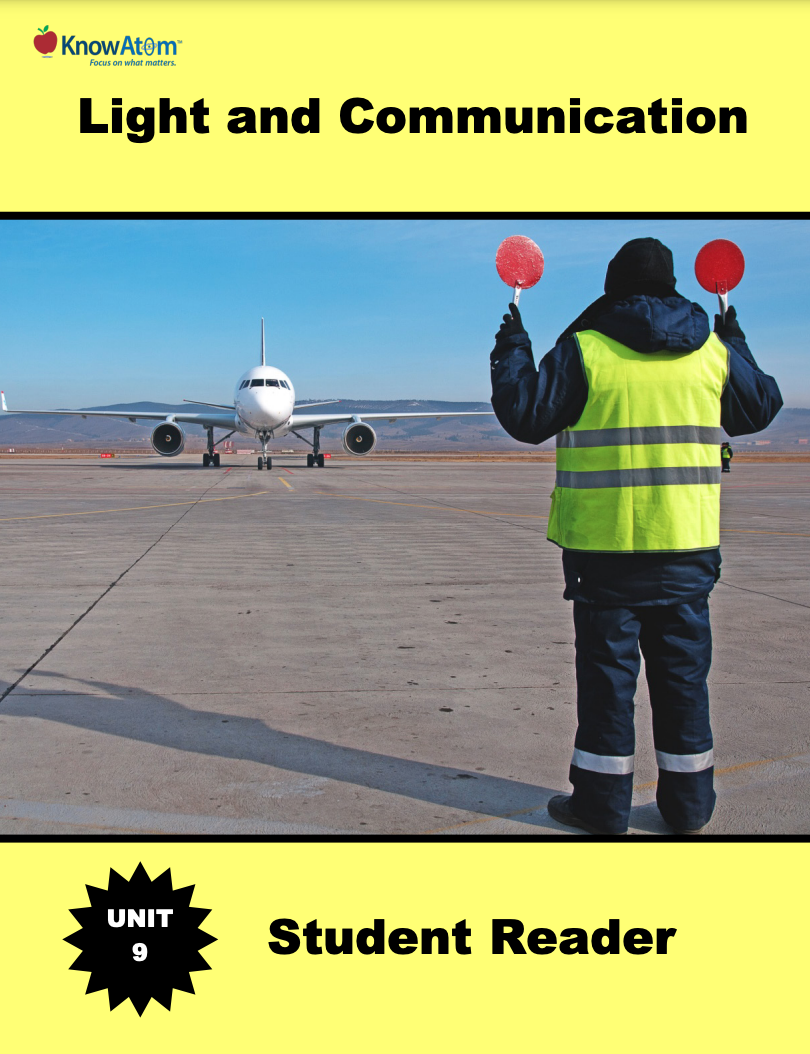
In this unit, students build on what they know about the science phenomena of energy transfer to focus on information transfer and how different technologies use patterns of sound, light, or numbers to transmit information. This page showcases key components of this lesson.
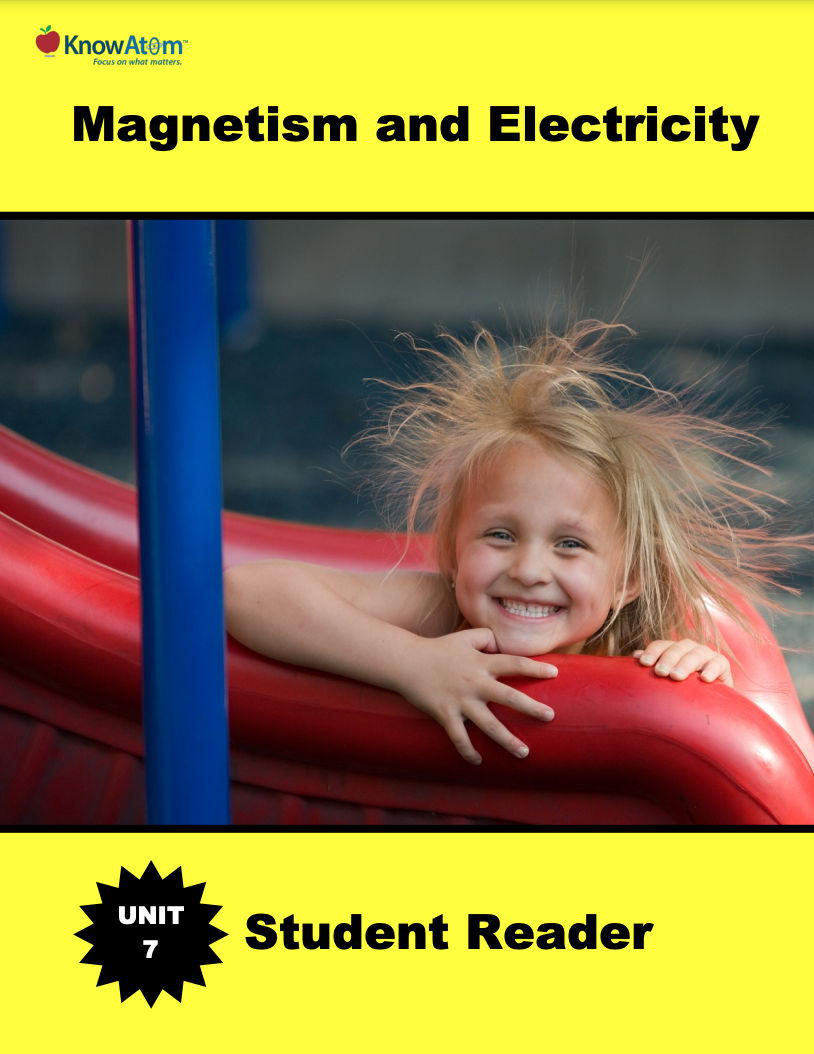
In this unit, students focus on the science phenomena of electric and magnetic forces. In this lesson, students build on their knowledge of forces by exploring electric forces. They analyze how materials can become either positively or negatively charged, and then use an electroscope to explore how opposite charges are pulled toward one another and like charges are pushed away from one another.
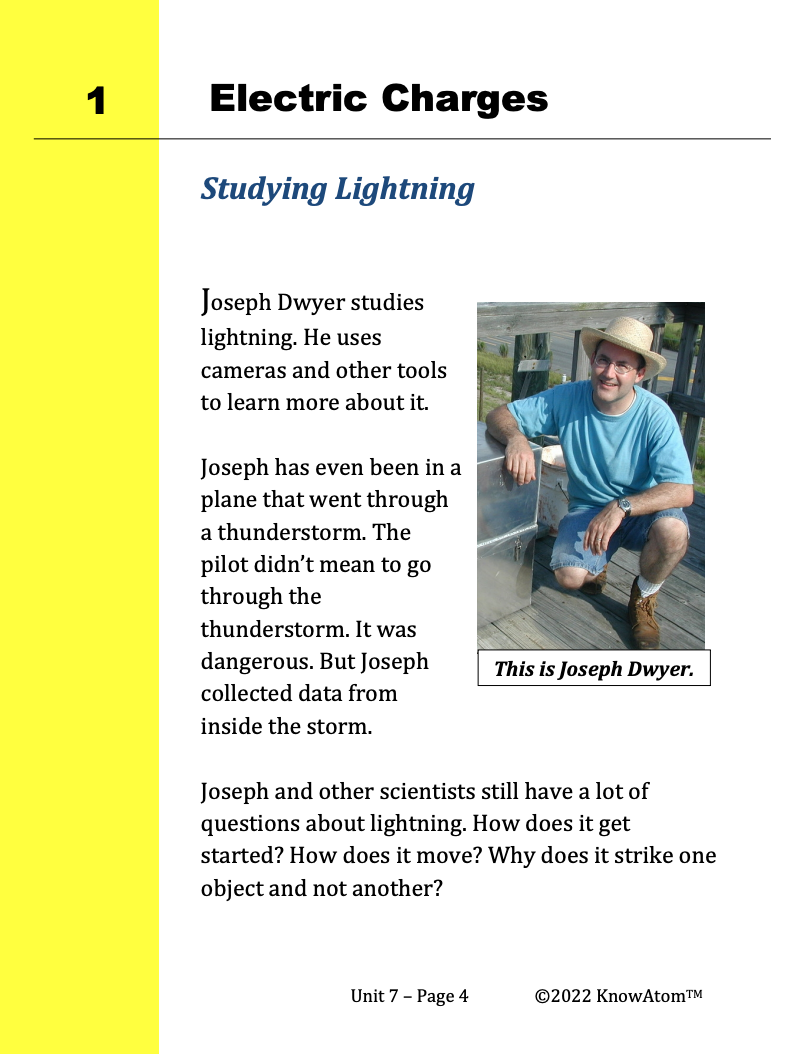
In this unit, students explore the science phenomenon of how materials can attract or repel other materials without touching them. In this lesson, they investigate how magnets can attract or repel certain objects within their magnetic field. This page highlights the key components of this lesson.

In this unit, students focus on the science phenomena of sound and hearing. Students begin with this lesson that has them exploring how sound causes matter to vibrate and how it moves differently through solids and liquids. This page highlights each component of this lesson.
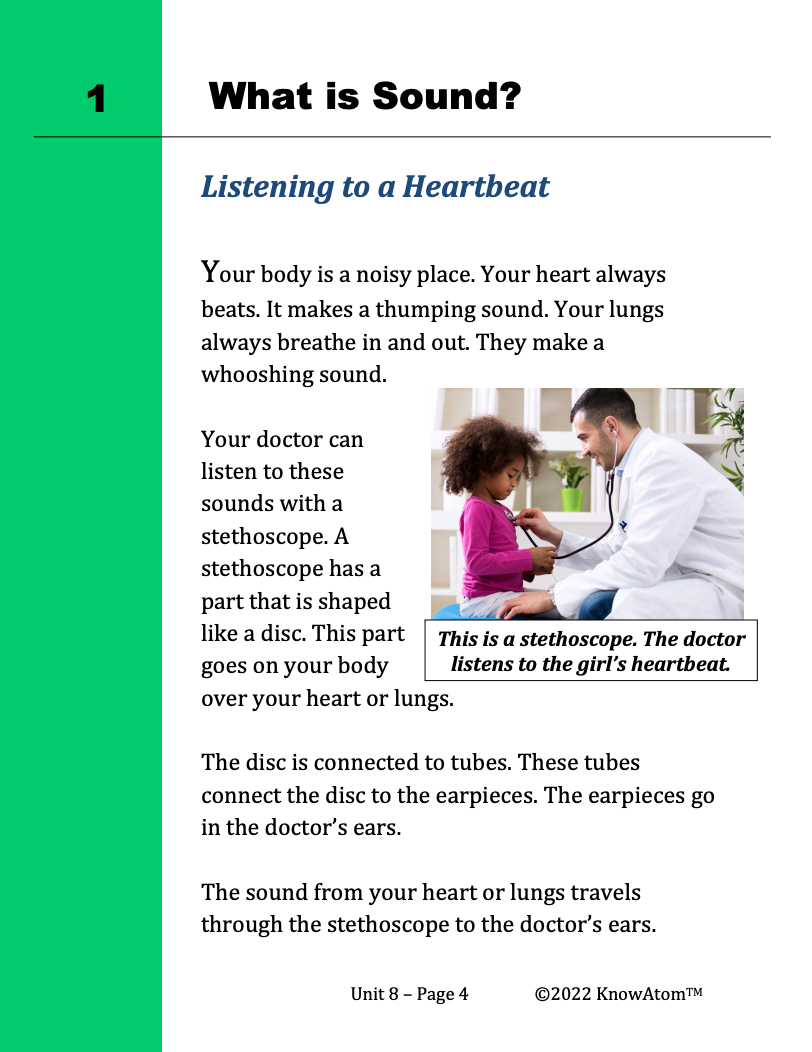
In this unit, students analyze the science phenomenon of how sound is a form of energy that travels through vibrating molecules. They test whether sound travels through both liquid and solid mediums and observe how sound makes sand particles vibrate. In this lesson, students apply their scientific knowledge of sound to an engineering challenge.
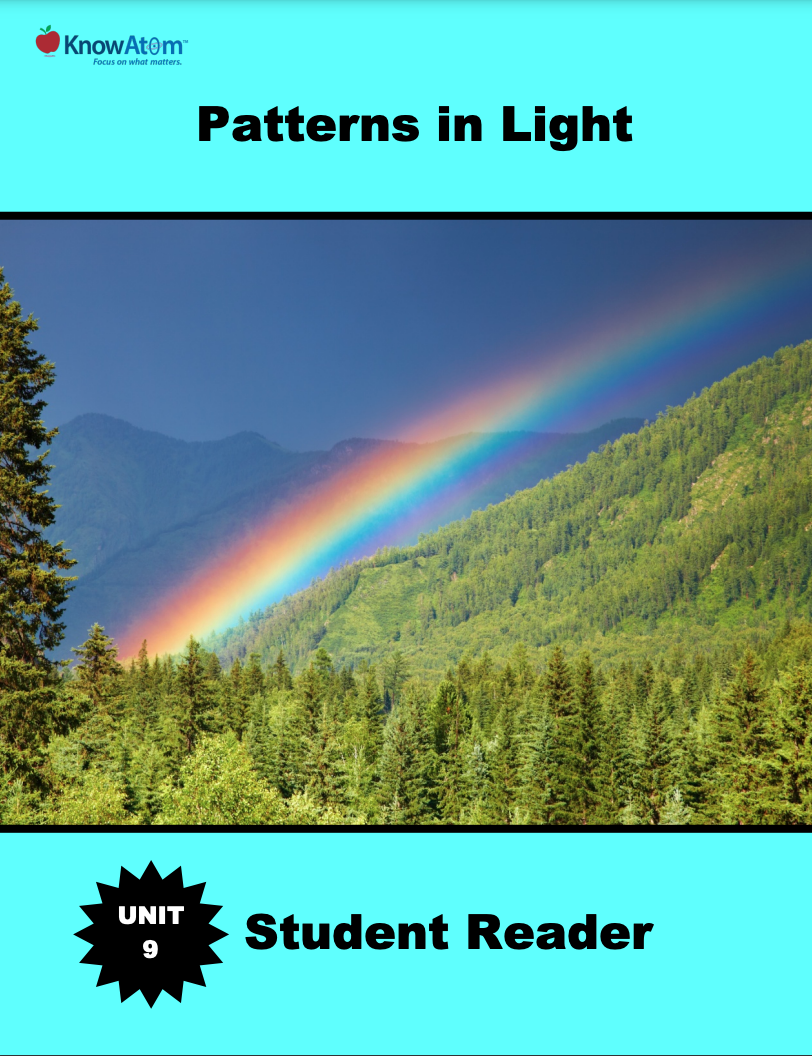
In this unit, students focus on the science phenomenon of light energy, investigating how it travels in a straight line and interacts with matter. Students apply their knowledge to design a prototype with mirrors and water that creates rainbows. This page showcases each component of the lesson.
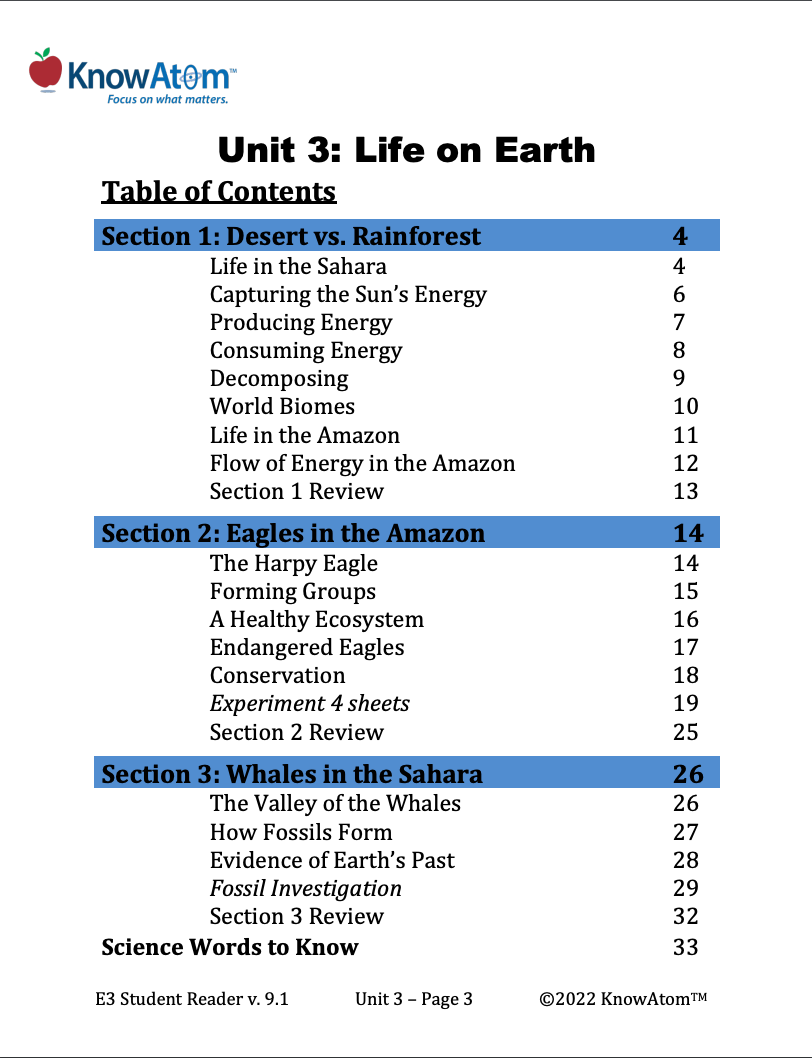
In this unit, students explore the science phenomena of the interdependence of living things and their environment as they analyze how individual organisms are suited to their particular environment. In this lesson, students evaluate how Earth’s biomes have changed over geologic time, studying fossils for clues of the past.
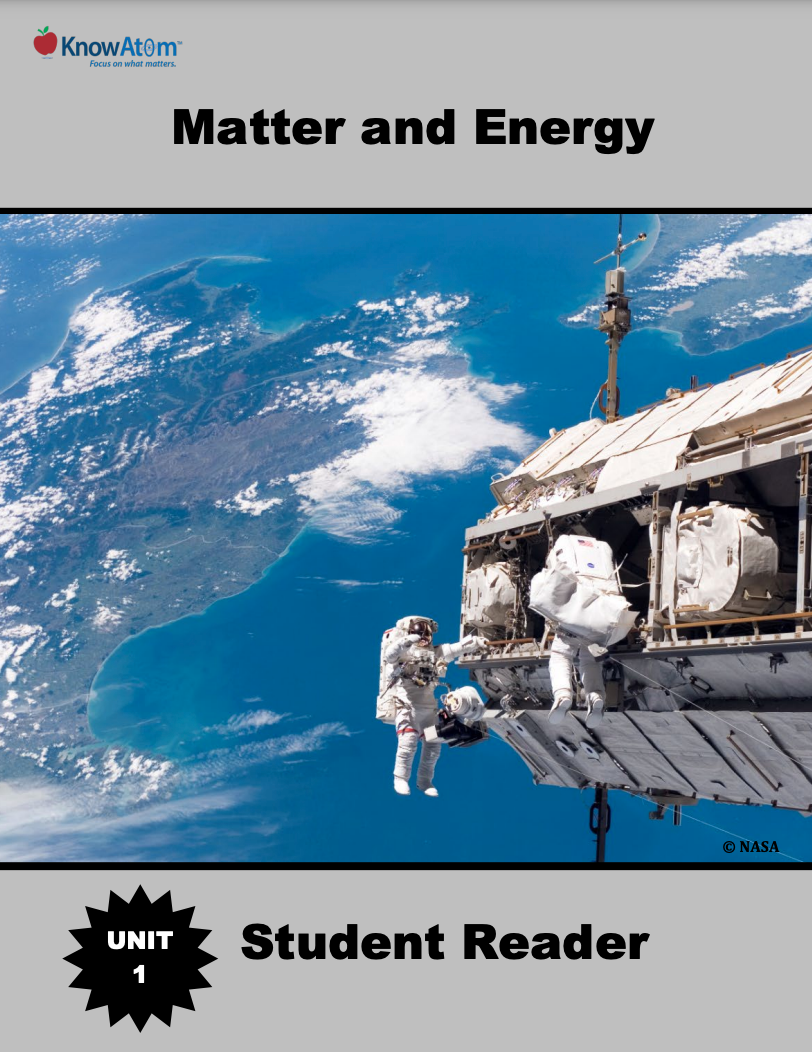
In this unit, students discuss the science phenomena of how matter has different properties depending on the number and kind of atoms that make it up. In this lesson, they observe how forces act on matter, focusing on how unbalanced forces cause objects to move. This page provides a high-level extract of this lesson.
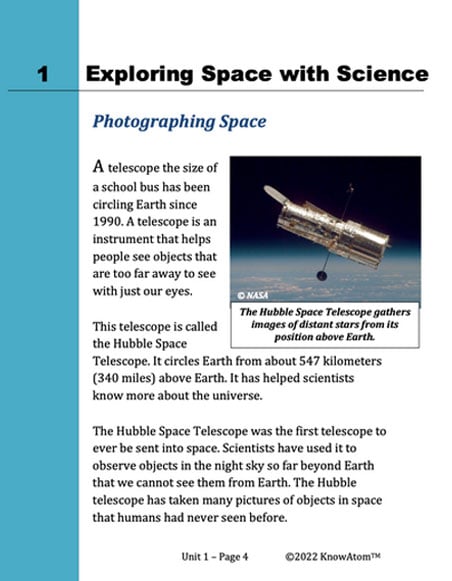
In this unit, students explore the science phenomena of how all matter in the universe is made up of different combinations of atoms formed from chemical reactions. In this lesson, students use scale models to compare properties of the Sun, Moon, and Earth. This page is a high-level extract of this lesson.
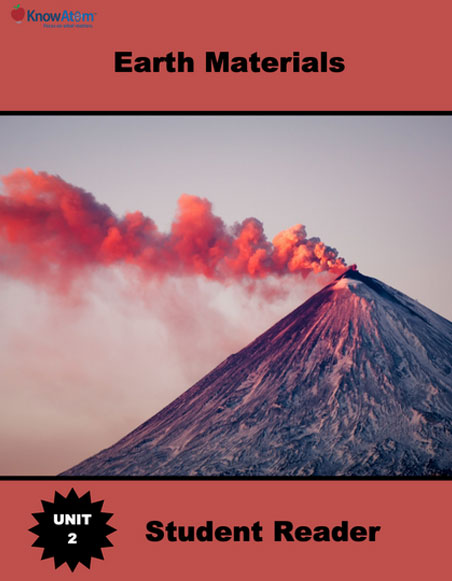
In this unit, students study the processes that shape Earth’s surface, focusing on the formation of minerals (such as diamonds) and rocks. In this lesson, they explore the phenomena exhibited in the properties of rocks and minerals to figure out how the properties of different minerals are a tool to identify them. This page is a high-level overview of this lesson.
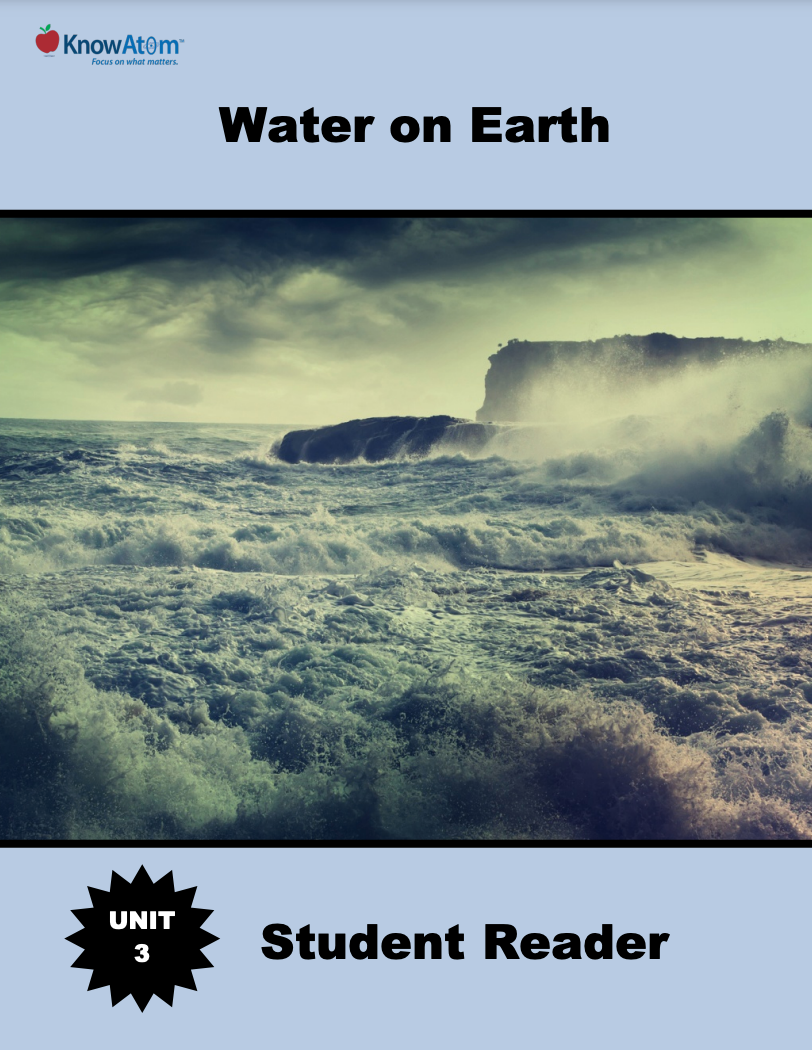
In this unit, students analyze the phenomena of Earth’s interacting systems, focusing on how the hydrosphere interacts with and is influenced by the other systems. In this lesson, students graph and model the distribution of fresh water and salt water on Earth and use a physical model to analyze how fresh water moves and becomes salty. This page showcases each section of this lesson.
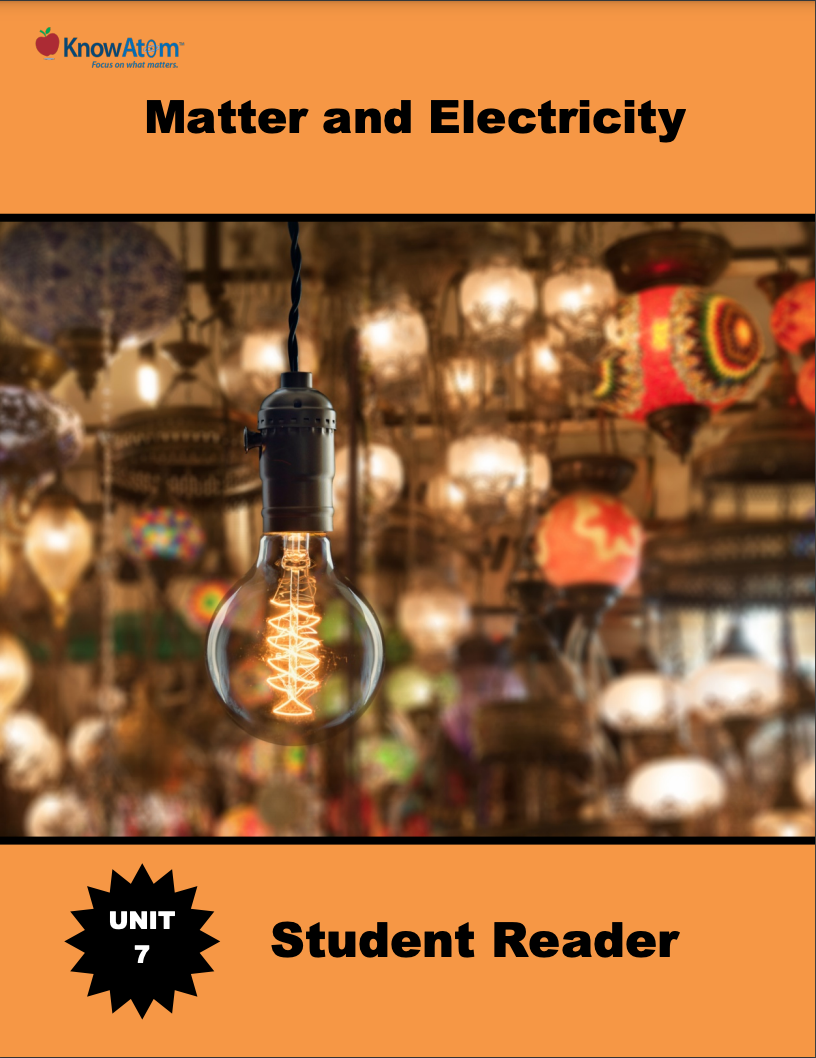
In this unit, students continue to explore forces and energy, focusing on the science phenomenon of how electrical energy can be transferred from one place to another to do work. In this lesson, students build series and parallel circuits, measuring the amount of current that moves through each circuit with one and two light bulbs. This page highlights some components of that lesson.
Standards citation: NGSS Lead States. 2013. Next Generation Science Standards: For States, By States. Washington, DC: The National Academies Press. Neither WestEd nor the lead states and partners that developed the Next Generation Science Standards were involved in the production of this product, and do not endorse it.
